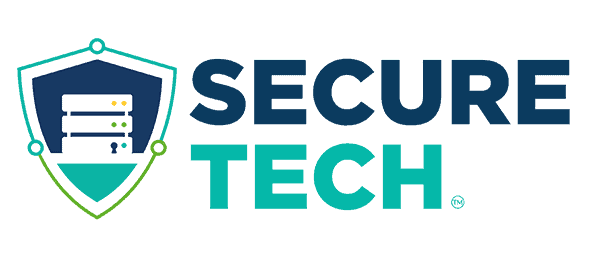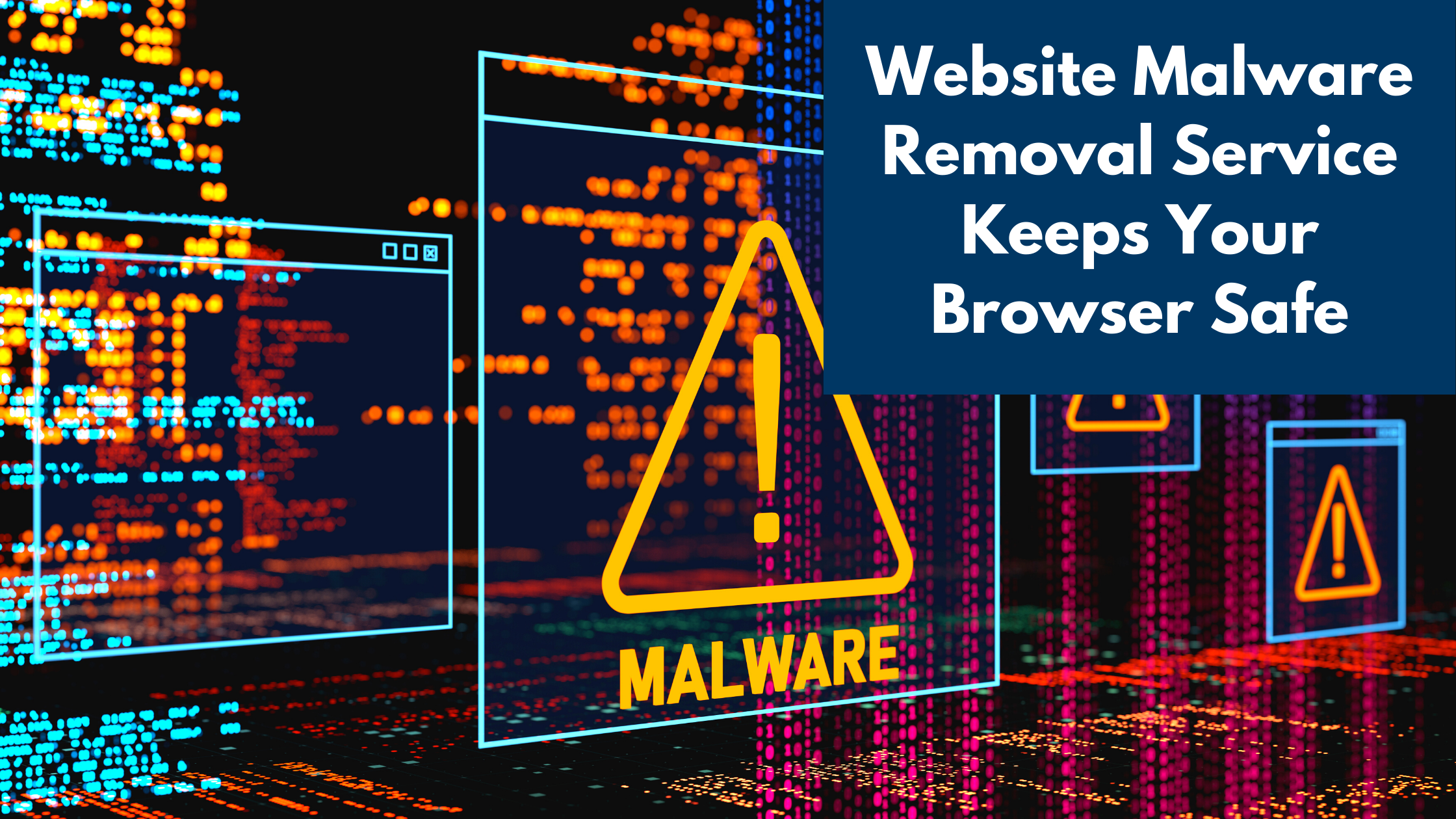Website security is an issue that is often ignored by many businesses, yet it is critical. Even small organizations are not spared from cyber attacks.
Cybercriminals are now targeting many small businesses and are using malware, spam, viruses, and Distributed Denial of Service (DDoS) attacks to steal their users’ information.
Sadly, having a website infected by this malicious software is terrible for the business and can cause severe damage.
When it comes to ensuring the safety of its users, Google is highly proactive. Every day, they scan several websites for any form of threat that could endanger their users.
And, when Google detects malware on a website, it marks it as a risk to visitors. This warning will appear to all their users in their products, including Google Adwords and Google search engine results.
Not only that, Google can blacklist the domain and remove the website from search results. Eventually, this will cause reduced site traffic, reduced revenue, poor brand reputation, loss of customers, and many more.
What is Website Malware?
Website malware is malicious software that cybercriminals have designed to carry out harmful activities against a website or its visitors.
The aim could be to steal private information like credit cards, direct users to spam pages, hijack or deface the website, infect visitors, etc.
What Does Malware Do to your Website?
Website malware can affect a website in various ways, depending on the intent of the criminal.
A few ways include:
Defacements: Here, the criminal replaces your web content with theirs, probably to promote an agenda. They post offensive messages or content that could deter your visitors from accessing your website.
Malvertisements: The hacker could also include adverts containing malicious code on the website and prompt the visitors to click on the ad and afterward infect the visitor’s device with the virus.
Website Redirecting: This is one of the more common forms of cyberattacks. Your visitors are redirected to suspicious websites on visiting your website.
What Happens When Your Website is Infected with Malware?
If your website is infected with malware, your business reputation, online traffic, and income will almost certainly suffer.
The presence of suspicious activities on your website or traces of malicious software will deter visitors from returning and paint your business as untrustworthy and unreliable.
People who have had their credit card or personal information stolen on a website will certainly not return to the site where it was stolen. And this is a significant loss for affected organizations.
What Is Website Malware Removal Service?
Has Google blacklisted your domain or denied access to your website because it was hacked or infected with malware? Read on to find out what to do.
Combating malware attacks on your website is affordable, easy to do, and less stressful. Managed Service Providers (MSPs) offer website malware removal services, which involve removing malware code, malicious javascript, spam, hack tools, etc., from a website.
The process is carried out by skilled technicians who clean infected websites and restore them to their initial state.
Furthermore, these specialists conduct a thorough investigation of cyber breaches on your site to classify them and reveal security flaws on the affected website. Fortunately, your business is not at risk of losing important data as every piece of data on the website is stored while the malicious content is removed.

